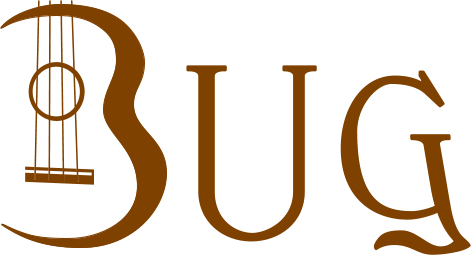DOWNLOAD THE SONGSHEET
Waltzing Matilda (WORD)
Waltzing Matilda (PDF)
The title was Australian slang for travelling on foot (waltzing) with one's belongings in a "matilda" (swag) slung over one's back. The song narrates the story of an itinerant worker, or "swagman", making a drink of billy tea at a bush camp and capturing a stray jumbuck (sheep) to eat. When the jumbuck's owner, a squatter (landowner), and three troopers (mounted policemen) pursue the swagman for theft, he declares "You'll never catch me alive!" and commits suicide by drowning himself in a nearby billabong (watering hole), after which his ghost haunts the site..
The original lyrics were written in 1895 by Australian poet Banjo Paterson, and were first published as sheet music in 1903. Extensive folklore surrounds the song and the process of its creation, to the extent that it has its own museum, the Waltzing Matilda Centre in Winton, in the Queensland outback, where Paterson wrote the lyrics. In 2012, to remind Australians of the song's significance, Winton organised the inaugural Waltzing Matilda Day to be held on 6 April, the anniversary of its first performance.
The song was first recorded in 1926 as performed by John Collinson and Russell Callow. In 2008, this recording of "Waltzing Matilda" was added to the Sounds of Australia registry in the National Film and Sound Archive, which says that there are more recordings of "Waltzing Matilda" than any other Australian song.
The original lyrics were written in 1895 by poet and nationalist Banjo Paterson. It was first published as sheet music in 1903. Extensive folklore surrounds the song and the process of its creation, to the extent that the song has its own museum, the Waltzing Matilda Centre in Winton, Queensland. In 2012, to remind Australians of the song's significance, Winton organised the inaugural Waltzing Matilda Day to be held on 6 April, the anniversary of its first performance.
The song was first recorded in 1926 as performed by John Collinson and Russell Callow.
